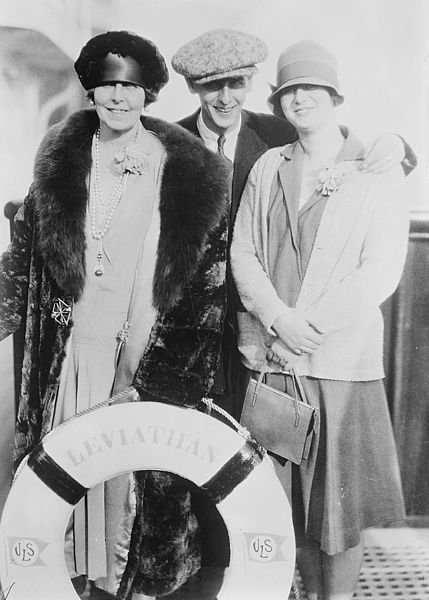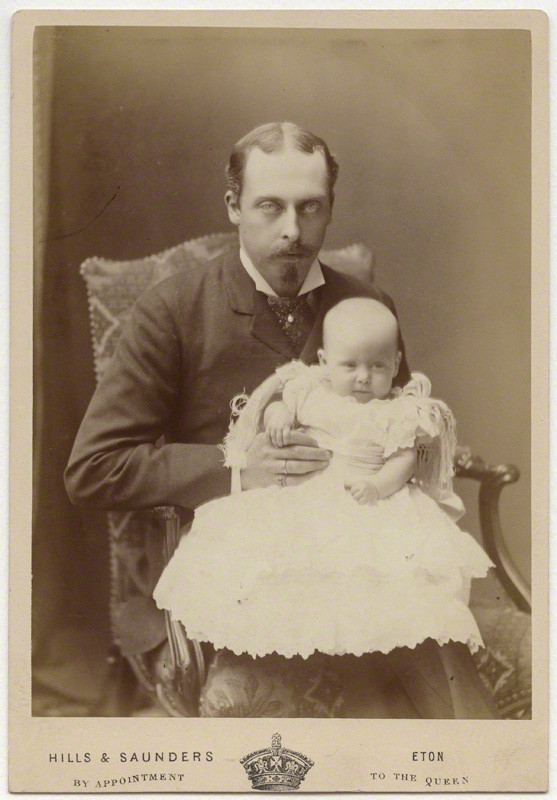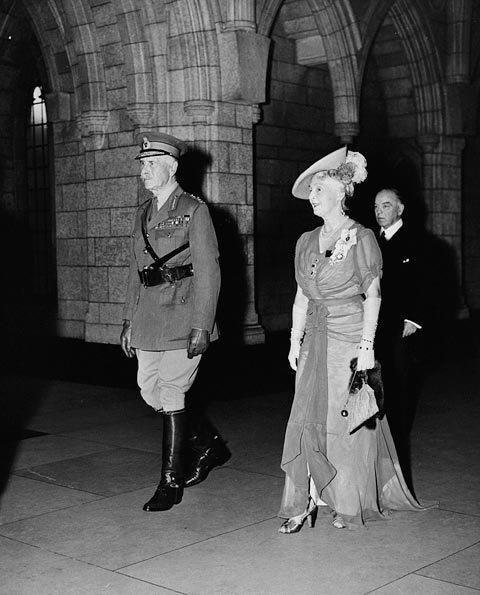by Susan Flantzer © Unofficial Royalty 2014
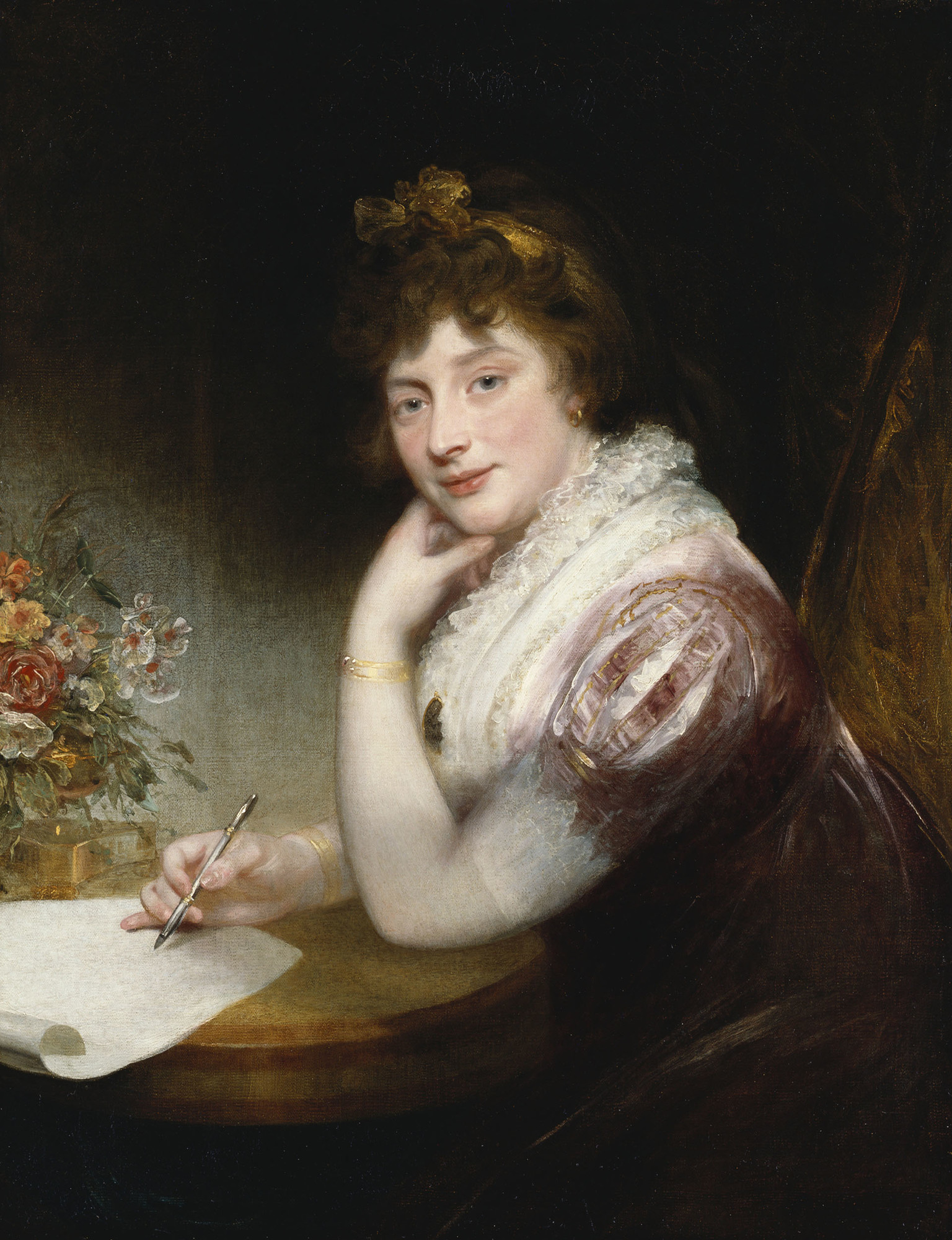
Elizabeth of the United Kingdom, Landgravine of Hesse-Homburg; Credit – Wikipedia
Elizabeth was the third daughter and seventh of the fifteen children of King George III of the United Kingdom and Charlotte of Mecklenburg-Strelitz. She was born on May 22, 1770, at the Queen’s House (now Buckingham Palace) in London, England.
Elizabeth had fourteen siblings:
- King George IV (1762 – 1830), married Caroline of Brunswick-Wolfenbüttel, had issue: Princess Charlotte of Wales, who died in childbirth as did her child
- Prince Frederick, Duke of York (1763 – 1827), married Frederica of Prussia, no issue
- King William IV (1765 – 1837), married Adelaide of Saxe-Meiningen, no surviving legitimate issue, has illegitimate descendants
- Charlotte, Princess Royal (1766 – 1828), married King Friedrich I of Württemberg, no surviving issue
- Prince Edward, Duke of Kent (1767 – 1820), married Victoria of Saxe-Coburg-Saalfeld, had issue: Queen Victoria, present British Royal Family are his descendants
- Princess Augusta Sophia (1768 – 1840), never married, no issue
- King Ernest Augustus I of Hanover, Duke of Cumberland (1771 – 1851), married Friederike of Mecklenburg-Strelitz; had issue
- Prince Augustus Frederick, Duke of Sussex (1773 – 1843), married twice, both in contravention of the Royal Marriages Act of 1772 (1) Lady Augusta Murray, had issue, marriage annulled (2) Lady Cecilia Buggin, later 1st Duchess of Inverness, no issue
- Prince Adolphus, Duke of Cambridge (1774 – 1850), married Augusta of Hesse-Kassel, had issue, present British Royal Family are his descendants through his granddaughter Mary of Teck, who married King George V of the United Kingdom
- Princess Mary (1776 – 1857), married Prince William Frederick, Duke of Gloucester, no issue
- Princess Sophia (1777 – 1848), never married, possible illegitimate issue
- Prince Octavius (1779 – 1783), died in childhood
- Prince Alfred (1780 – 1782), died in childhood
- Princess Amelia (1783 – 1810), never married, no issue
Elizabeth was christened in the Great Council Chamber at St. James’s Palace in London on June 17, 1770, by Frederick Cornwallis, Archbishop of Canterbury. Her godparents were:
- The Hereditary Prince of Hesse-Kassel (later Wilhelm I, Elector of Hesse, her paternal first cousin once removed)
- The Princess of Nassau-Weilburg (born Princess Carolina of Orange-Nassau, her paternal first cousin once removed)
- The Crown Princess of Sweden (born Sophia Magdalena of Denmark, later Queen Consort of Sweden, her paternal first cousin once removed)
Elizabeth was considered to be the most attractive of King George’s daughters. She was known for her humor, intelligence, and artistic ability. Elizabeth started by copying drawings (some of which are in the Royal Collection) and later published lithographs and etchings, mostly of mythological scenes. Some of the interior decorations of the Queen’s House (now Buckingham Palace) were designed and made by Elizabeth. At Frogmore House, she helped design the garden buildings and painted the flower murals at the Queen’s Cottage at Kew.

Thomas Gainsborough’s portrait of Princess Elizabeth at the age of 12; Credit – Wikipedia
Elizabeth’s childhood was very sheltered, and she spent most of her time with her parents and sisters. The living conditions of King George’s daughters came to be known as “the Nunnery.” None of the daughters was allowed to marry at the age when most princesses would marry. Perhaps this over-protection of King George III’s daughters was due to what happened to his sister Caroline Matilda when she married King Christian VII of Denmark. Christian’s mental illness led to Caroline Matilda having an affair, being caught, the execution of her lover, and her exile. The story was told in several novels, including Per Olov Enquist’s The Visit of the Royal Physician (1999) and in the Danish film A Royal Affair (2012).
The sisters longed to escape from “the Nunnery.” Before King George’s first bout with what probably was porphyria in 1788, he had told his daughters that he would take them to Hanover to find husbands. Further bouts occurred in 1801 and 1804 and prevented talk of marriage for his daughters. Queen Charlotte feared that the subject of marriage, which had always bothered her husband, would push him back into insanity. She was stressed by her husband’s illness and wanted her daughters to remain close to her. The sisters – Charlotte, Augusta, Elizabeth, Mary, Sophia, and Amelia – continued to be over-protected and isolated, restricting them from meeting eligible suitors.
Starved for male companionship, Sophia got pregnant by her father’s 56-year-old equerry and secretly gave birth to a boy who was placed in a foster home. Amelia had an affair with another equerry. There have been suggestions that both Elizabeth and Augusta had affairs. Three of the six daughters would eventually marry, all later than was the norm for the time. Charlotte, Princess Royal married the future King of Württemberg, Frederick I, at the age of 31, and had one stillborn daughter. Mary married her cousin Prince William Frederick, Duke of Gloucester at the age of 40 and had no children. Elizabeth was the last of the daughters to finally escape from “the Nunnery.”
By 1810, King George III was nearly blind from cataracts, constantly in pain from rheumatism, and was in “melancholy beyond description” according to Princess Amelia’s nurse. Princess Amelia died in 1810 at the age of 27, and her death is partly credited for the final decline in her father’s health. King George III accepted the need for the Regency Act of 1811, and the Prince of Wales (the future King George IV) acted as Prince Regent until his father died in 1820.
In 1818, Elizabeth read a letter from Hereditary Prince Friedrich of Hesse-Homburg to her mother asking to marry her, and Elizabeth finally saw the way to exit “the Nunnery.” 48-year-old Friedrich had been a captain in the Russian cavalry, an Austrian general during the Great French War, and had been created a Commander of the Austrian Military Order of Maria Theresa. Elizabeth was nearly 48 years old and was hardly likely to provide heirs for Hesse-Homburg, but Friedrich had six brothers to do that. Elizabeth’s dowry would go a long way in helping tiny Hesse-Homburg out of its debts and also would provide funds for needed building renovations. Elizabeth would have her own household to administer, a husband, and freedom from her mother. Queen Charlotte was not easily persuaded to agree to the marriage, and after heated discussions and interventions from several of Elizabeth’s siblings, the Queen agreed to the marriage.
The Prince Regent and the Privy Council formally approved the marriage, and on April 7, 1818, in the Private Chapel at the Queen’s House (now Buckingham Palace), Princess Elizabeth married her prince and gained her freedom. The bride wore a dress of silver tissue and Brussels lace with ostrich feathers on her head. Friedrich was not handsome, but he was very kindhearted and a war hero wounded at the Battle of Leipzig. The couple spent their honeymoon at the Royal Lodge at Windsor. The marriage was not a love match, but through mutual understanding and respect, it was a happy marriage that met the needs of both Elizabeth and Friedrich.
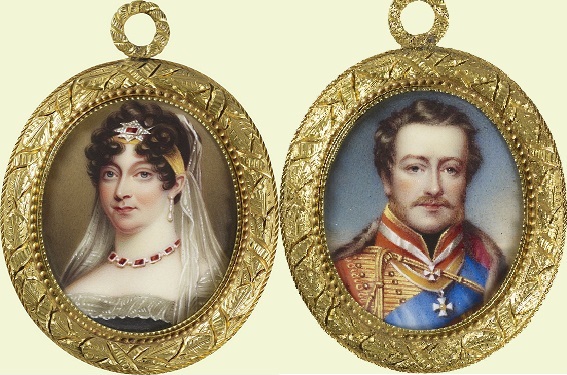
Princess Elizabeth of the United Kingdom and Friedrich VI, Landgrave of Hesse-Homburg; Credit – royalcollection.org.uk
On January 20, 1820, Friedrich’s father died, and he succeeded him as Landgrave of the 85 square mile/ 221 km2 Hesse-Homburg. Using Elizabeth’s dowry and annual allowance, the couple built new roads, restored the castles in Bad Homburg and Meisenheim, and became involved in caring for the poor. They created an English garden at Homburg Castle using seeds and seedlings from England. Elizabeth continued pursuing her artistic activities. In 2010, an exhibit, Das graphische Werk der Landgräfin Elizabeth 1770–1840 (The Graphic Works of Landgravine Elizabeth), was held in Bad Homburg, Germany.
Friedrich died at the age of 59 on April 2, 1829, due to influenza and complications from an old leg wound. Elizabeth wrote, “No woman was ever more happy than I was for eleven years and they will often be lived over again in the memory of the heart.” During her widowhood, Elizabeth lived in Bad Homburg, Frankfurt, London, and in Hanover, where her favorite brother Adolphus served as Viceroy. Visiting with family and charitable work occupied much of her time.
On January 10, 1840, Elizabeth died at the age of 69 at her home in the Free City of Frankfurt, now in Hesse, Germany. Elizabeth’s coffin was brought back to Bad Homburg on an immense catafalque pulled by black-plumed horses. The catafalque was covered in black velvet, and on top was the coronet to which she was entitled as a Princess of the United Kingdom. The countryside roads were lined with mourners. The funeral was held at the chapel of Homburg Castle. At Elizabeth’s request, the Anglican burial service was read before she was interred next to her husband in the Mausoleum of the Landgraves in Homburg, Landgraviate of Hesse-Homburg, now in Hesse, Germany. In England, deep court mourning was temporarily suspended for several days the following month for the wedding festivities of her niece Queen Victoria.
Elizabeth was and still is the most popular of the Hesse-Homburg Landgravines. She is remembered for her generosity in spending her dowry and allowance in her new homeland, using it to improve the castle and the gardens. Hesse-Homburg greatly mourned her death in 1840.
Her great-niece, Victoria, Princess Royal (German Empress Friedrich), wanted to erect a monument in her honor, but unfortunately did not live to see it done. However, her son Wilhelm II, German Emperor fulfilled his mother’s wish and, on August 11, 1908, unveiled the monument in the presence of King Edward VII of the United Kingdom. It was, very appropriately, placed in front of the English Church on Ferdinandstrasse in Bad Homburg, which was built for the English spa guests in 1868.
Landgravine Elizabeth monument in Bad Homburg; Credit – Wikipedia
This article is the intellectual property of Unofficial Royalty and is NOT TO BE COPIED, EDITED, OR POSTED IN ANY FORM ON ANOTHER WEBSITE under any circumstances. It is permissible to use a link that directs to Unofficial Royalty.
Recommended books that deal with Princess Elizabeth of the United Kingdom, Landgravine of Hesse-Homburg
George III’s Children by John Van Der Kiste (1992)
The Georgian Princesses by John Van Der Kiste (2000)
Princesses: The Six Daughters of George III by Flora Fraser (2004)


